Home Renovation Trends
The ongoing trend of home renovations is a vital driver for the Residential Ceiling Fan Market. As homeowners invest in upgrading their living spaces, ceiling fans are increasingly being recognized as both functional and aesthetic enhancements. Market analysis shows that home improvement projects have surged, with many consumers opting to replace outdated fixtures with modern ceiling fans that complement contemporary design. This trend is further supported by the rise of DIY home improvement culture, where consumers are more engaged in personalizing their spaces. The demand for stylish and efficient ceiling fans is likely to grow as part of broader renovation efforts, indicating a robust opportunity for manufacturers in the Residential Ceiling Fan Market. As renovation activities continue to rise, the market is expected to expand in tandem.
Energy Efficiency Demand
The increasing emphasis on energy efficiency is a pivotal driver in the Residential Ceiling Fan Market. Consumers are becoming more conscious of their energy consumption, leading to a surge in demand for ceiling fans that offer superior energy-saving capabilities. According to recent data, energy-efficient ceiling fans can reduce energy costs by up to 30% compared to traditional models. This trend is further fueled by government incentives and rebates aimed at promoting energy-efficient appliances. As a result, manufacturers are innovating to produce fans that not only meet but exceed energy efficiency standards, thereby appealing to environmentally conscious consumers. The growing awareness of climate change and the need for sustainable living practices are likely to bolster this demand, making energy efficiency a cornerstone of the Residential Ceiling Fan Market.
Rising Disposable Income
The rise in disposable income across various demographics is a significant driver for the Residential Ceiling Fan Market. As consumers experience increased financial flexibility, they are more inclined to invest in home improvement products, including ceiling fans. This trend is particularly evident in emerging markets, where a growing middle class is seeking to enhance their living spaces. Market data suggests that the demand for premium and designer ceiling fans is on the rise, as consumers are willing to pay more for aesthetics and functionality. This shift indicates a broader trend towards home personalization and comfort, which is likely to sustain growth in the Residential Ceiling Fan Market. As disposable income continues to rise, the market may witness a diversification in product offerings to cater to varying consumer preferences.
Health and Wellness Trends
The increasing focus on health and wellness is emerging as a notable driver in the Residential Ceiling Fan Market. Consumers are becoming more aware of the importance of indoor air quality and comfort, leading to a preference for ceiling fans that promote better airflow and ventilation. Research indicates that proper air circulation can significantly enhance indoor air quality, which is crucial for respiratory health. This trend is particularly relevant in urban areas where air quality may be compromised. Additionally, ceiling fans are often viewed as a cost-effective alternative to air conditioning, aligning with the growing trend of sustainable living. As health-conscious consumers seek products that contribute to their well-being, the Residential Ceiling Fan Market is likely to benefit from this shift in consumer priorities.
Technological Advancements
Technological advancements play a crucial role in shaping the Residential Ceiling Fan Market. The integration of smart technology into ceiling fans has transformed consumer expectations and preferences. Features such as remote control, smartphone compatibility, and voice activation are becoming increasingly common. Data indicates that the smart ceiling fan segment is projected to grow significantly, driven by the rising adoption of smart home systems. This trend suggests that consumers are seeking more convenience and control over their home environments. Additionally, advancements in motor technology have led to quieter and more efficient fans, enhancing user experience. As technology continues to evolve, it is likely that the Residential Ceiling Fan Market will see further innovations that cater to the tech-savvy consumer.


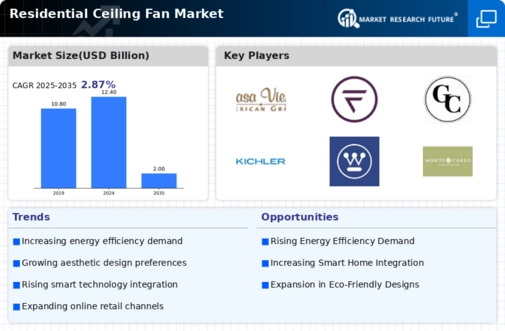



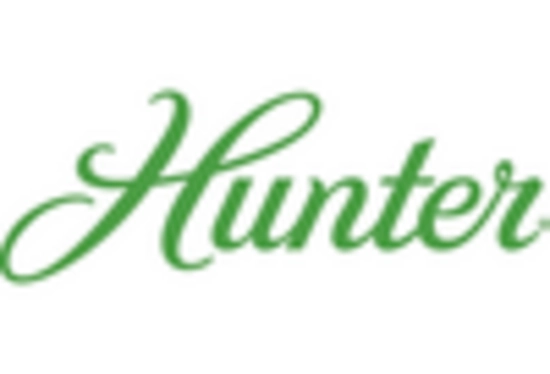
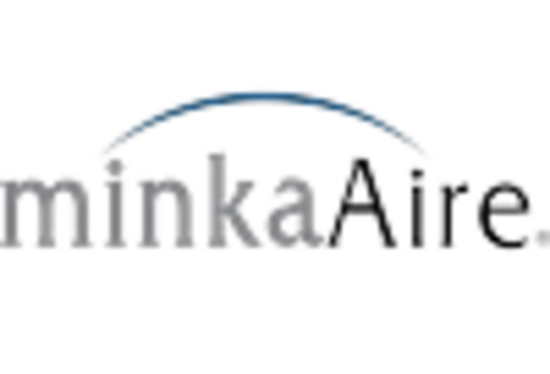
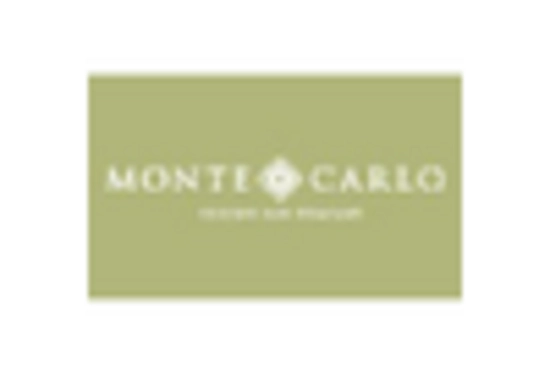
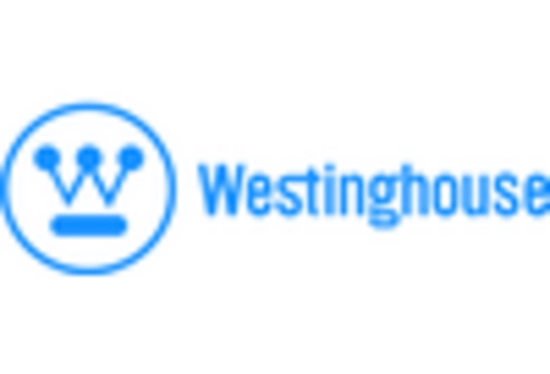








Leave a Comment